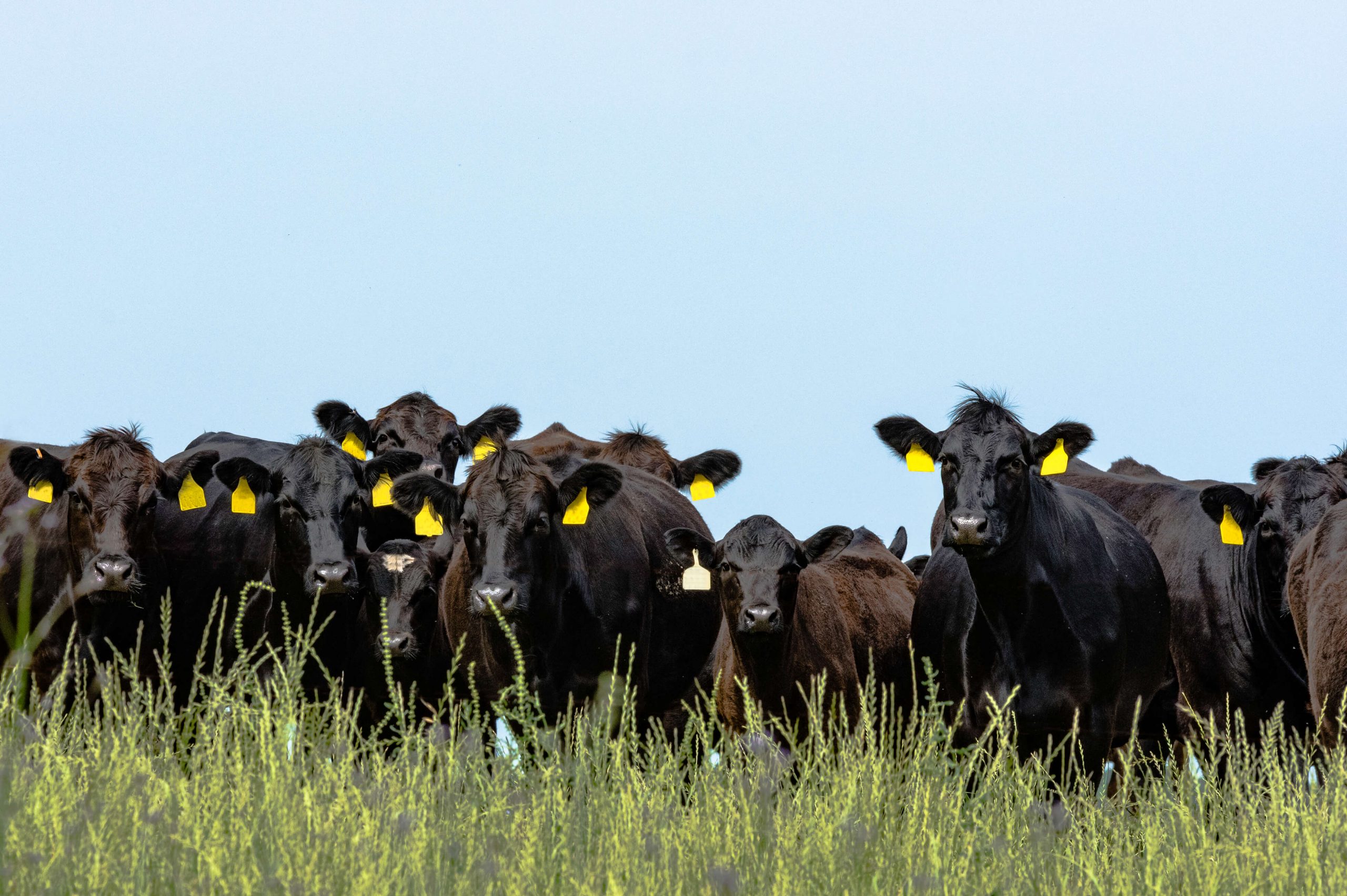ings.
RECIPIENT SELECTION AND MANAGEMENT
Both IVP and MOET processes require a considerable number of resources to produce embryos. As previously discussed, donor management is vital to ensure the best possible results. However, it is important that recipient selection and management is also given the same level of consideration.
Since early 2016, AB Europe has implanted over 1,500 embryos, of which 60% have been frozen.
The following offers a brief overview of factors which can affect the success of the implantation when it comes to recipients.
Before you begin, it is vital to consider which animal the embryo will be transferred into. It is often better to over-estimate the number of recipients required as not all animals may be suitable on the day of transfer.
Cow or heifer selection?
Generally, heifers are considered to have a slightly higher pregnancy rate when it comes to any artificial breeding method, however it is important to consider the sire used in the embryo production process and the likelihood of a natural calving.
Cows are often a safe choice in larger breeds as they will have a good conformation for calving – second or third calvers are the best to choose from.
Health issues and body condition (BCS)
All females selected for a recipient programme should be of a known health status, and ideally screened for diseases such as leptospirosis and BVD.
Recipients must be free of disease incidence within the last six months.
A body condition score of 2.5 to 3.5 is ideal for transfer; outside of this window pregnancy rates decline quite significantly.
Reproductive issues
All females should be cycling regularly, with at least one reference heat prior to entering the programme.
Ideally potential recipients – both heifers and cows, should be scanned by your vet.
Vets can check for any ovarian issues that may be visible, along with the uterus for adhesions which may affect the transfer process itself.
Nutrition and Management
- Recipients should be managed as a group where possible. Best results are seen where animals have been grouped for at least six weeks prior to transfer, generally indoors. This allows a gently rising plane of nutrition achieved with long fibre forage and concentrate supplementation.
- Mineral and trace elements can play a significant role in the reproductive health of an animal. Where a known deficiency exists, a management programme should already be in place with your vet or nutritionist; if not we firmly recommend you introduce such a programme.
- Powdered and free access minerals are options for supplementation but in our experience, boluses ensure a guaranteed and even administration.
Purchased animals
- In some cases, there may not be enough suitable recipients in your unit and you may have to purchase, in which case it is always important to consider their history. Heifers are often a safer option as they should have no reproductive issues.
- Consider vaccinating and isolating the recipients on arrival. We would also recommend scanning them five to six weeks post implanting.
We are available to discuss any questions or issues you may have when it comes to recipients, as well as donors.
Remember, health status is important for your unit as a whole, not just for those in the recipient programme.




